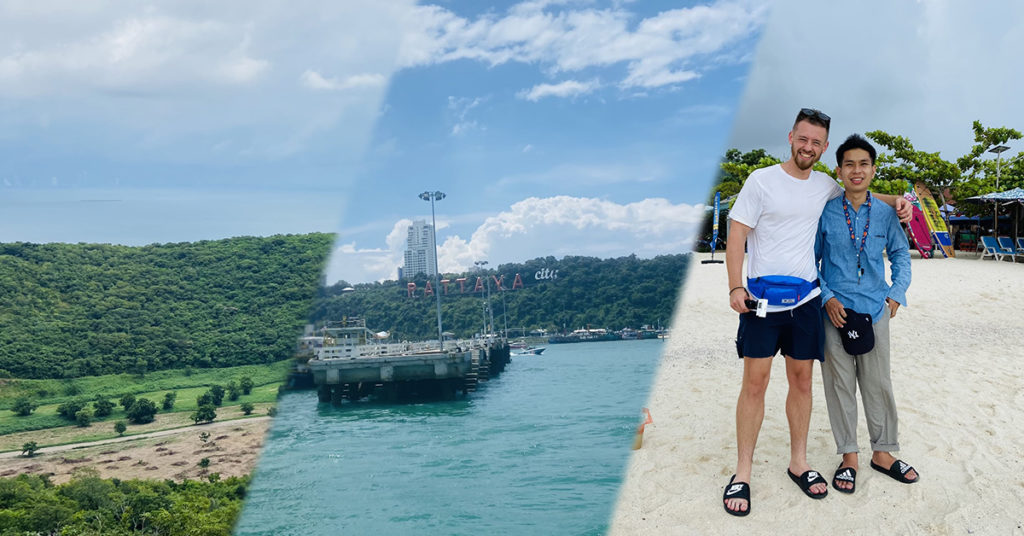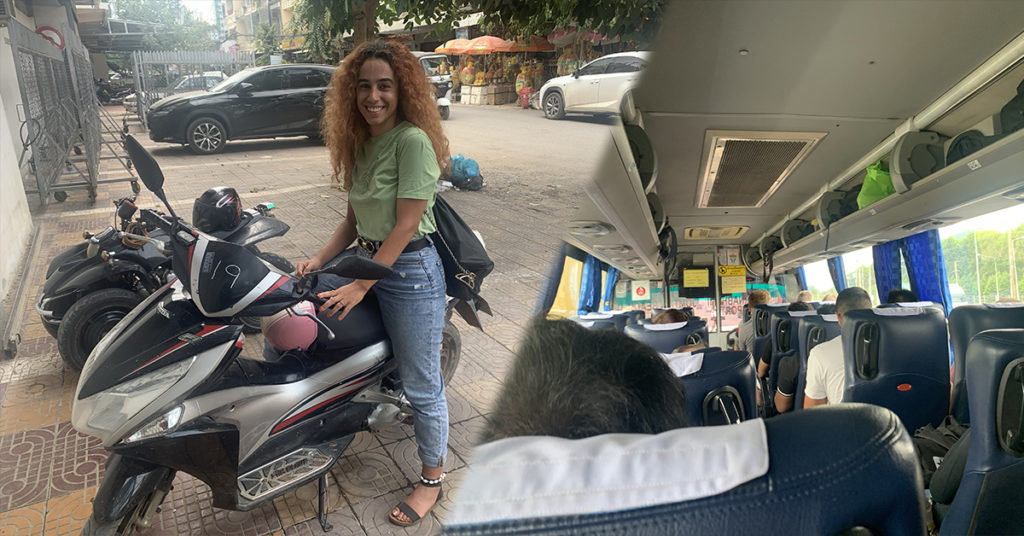Deep South Thailand is a fantastic destination for the off-beaten-path traveler. It hasn’t been explored a great deal, and has a huge depth of history and culture that shouldn’t be missed (especially if you’re into your WW2 and communist history). However, it’s often avoided because of insurgency and rising tensions. It is after all on a no-go travel list.
But is it as dangerous for tourists as they say? The short answer is that it’s not very dangerous for tourists. The attacks are commonly targeted at Thai government officials and many tourist buses run to each of these provinces daily and have never been involved in incidents.
In this guide, I want to cater to those of you who want to step onto unknown territory to experience the beauty of the Deep South and the alluring history that surrounds it. After all, it is a fascinating place!
Why trust me? I spent 4 months traveling all over Thailand by train, motorbike, and more; on a journey to learn more about the very new state’s history (changed in 1939), focussing on WW2 and communism.
Please be warned: you are advised against all but essential travel here. Keep an eye on updates from your government pages, and if you must go please look at the local news. Dangerous things do happen here. The likelihood of you getting caught in them is small, but keep your head screwed on and you should be fine.
Here’s the video of my travels to 3 places in the Deep South of Thailand:
Betong
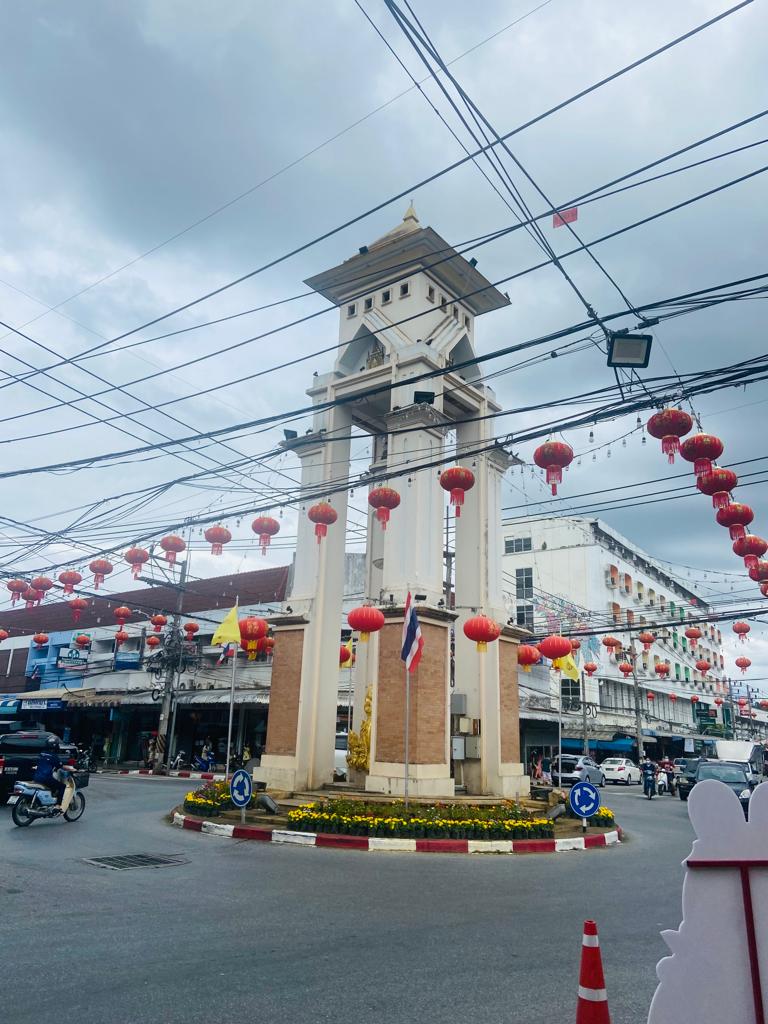
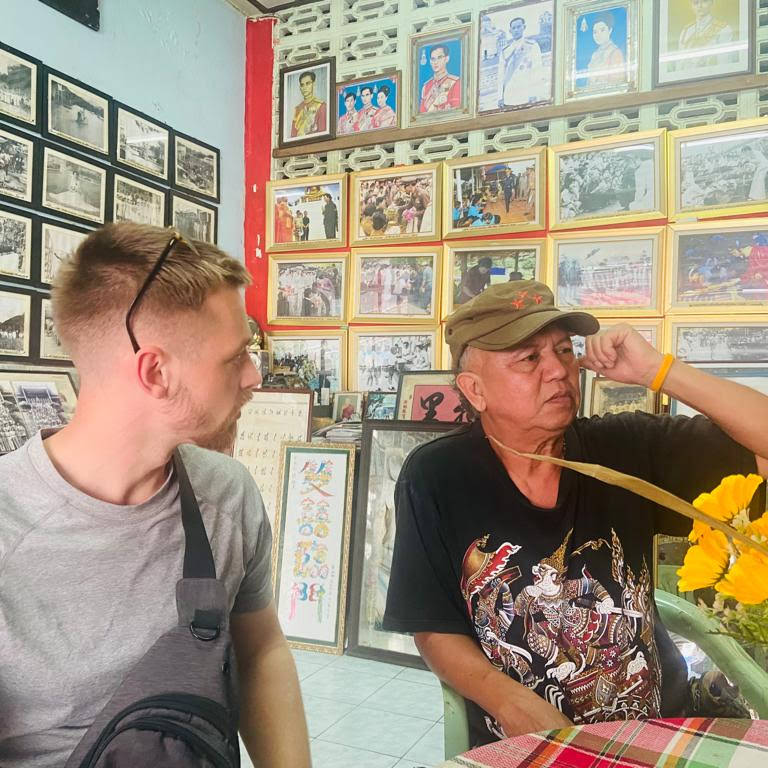
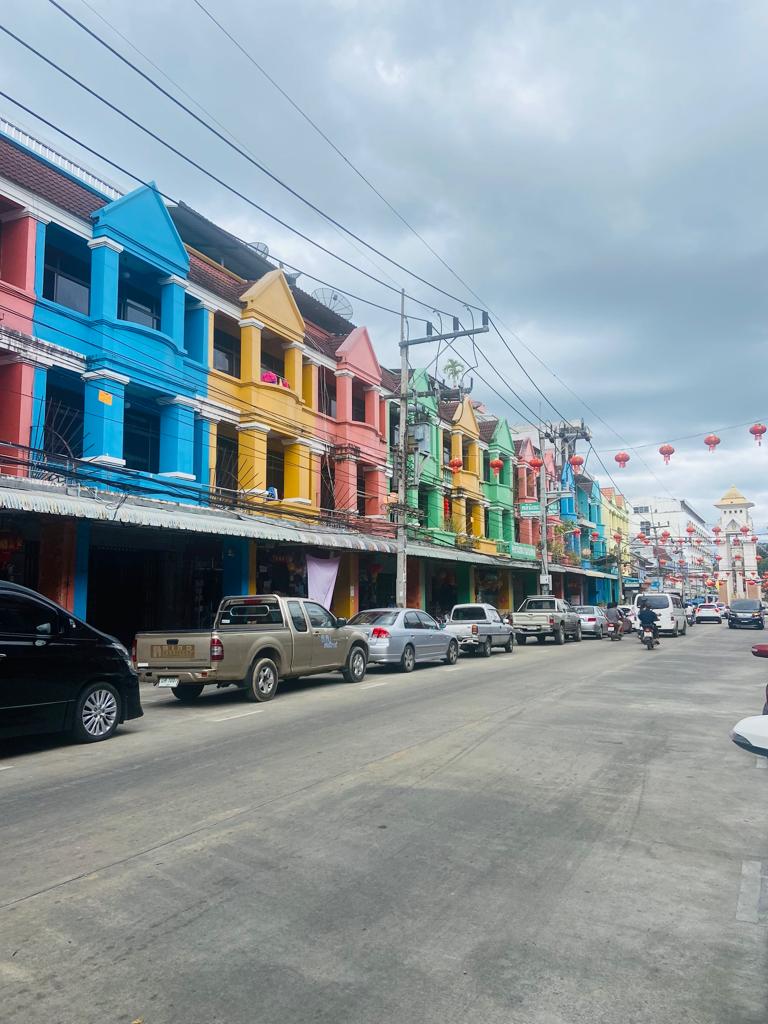
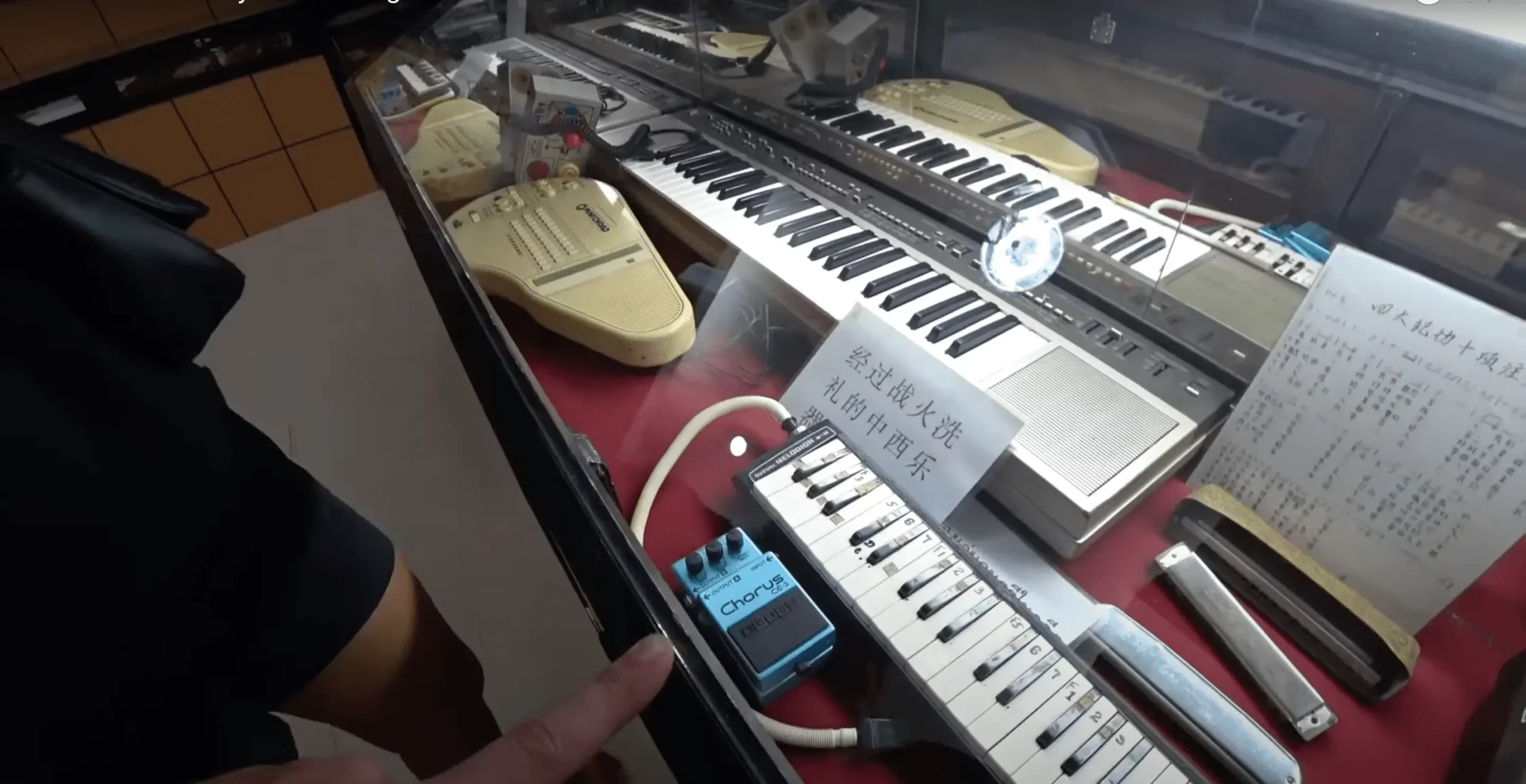
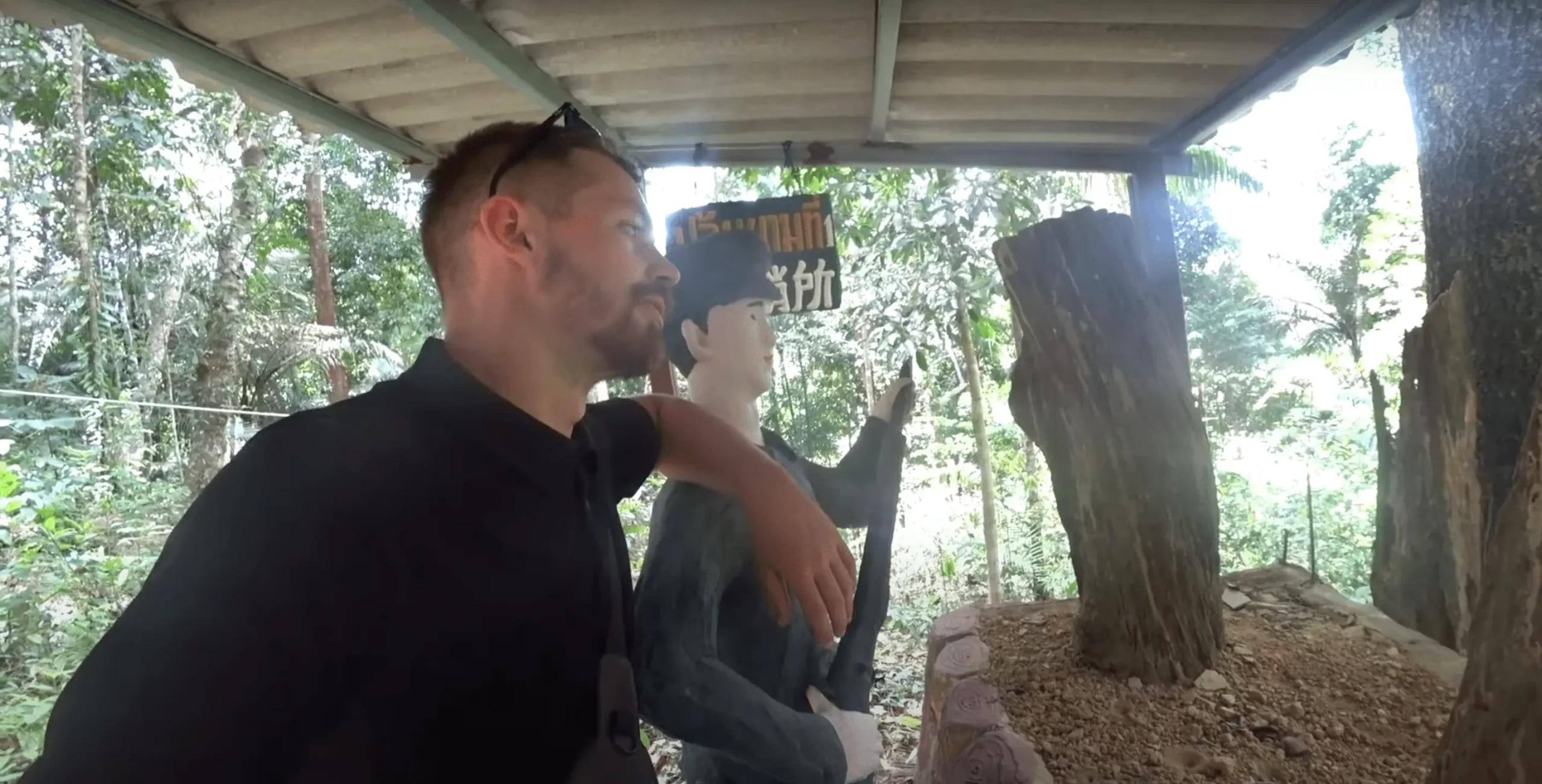
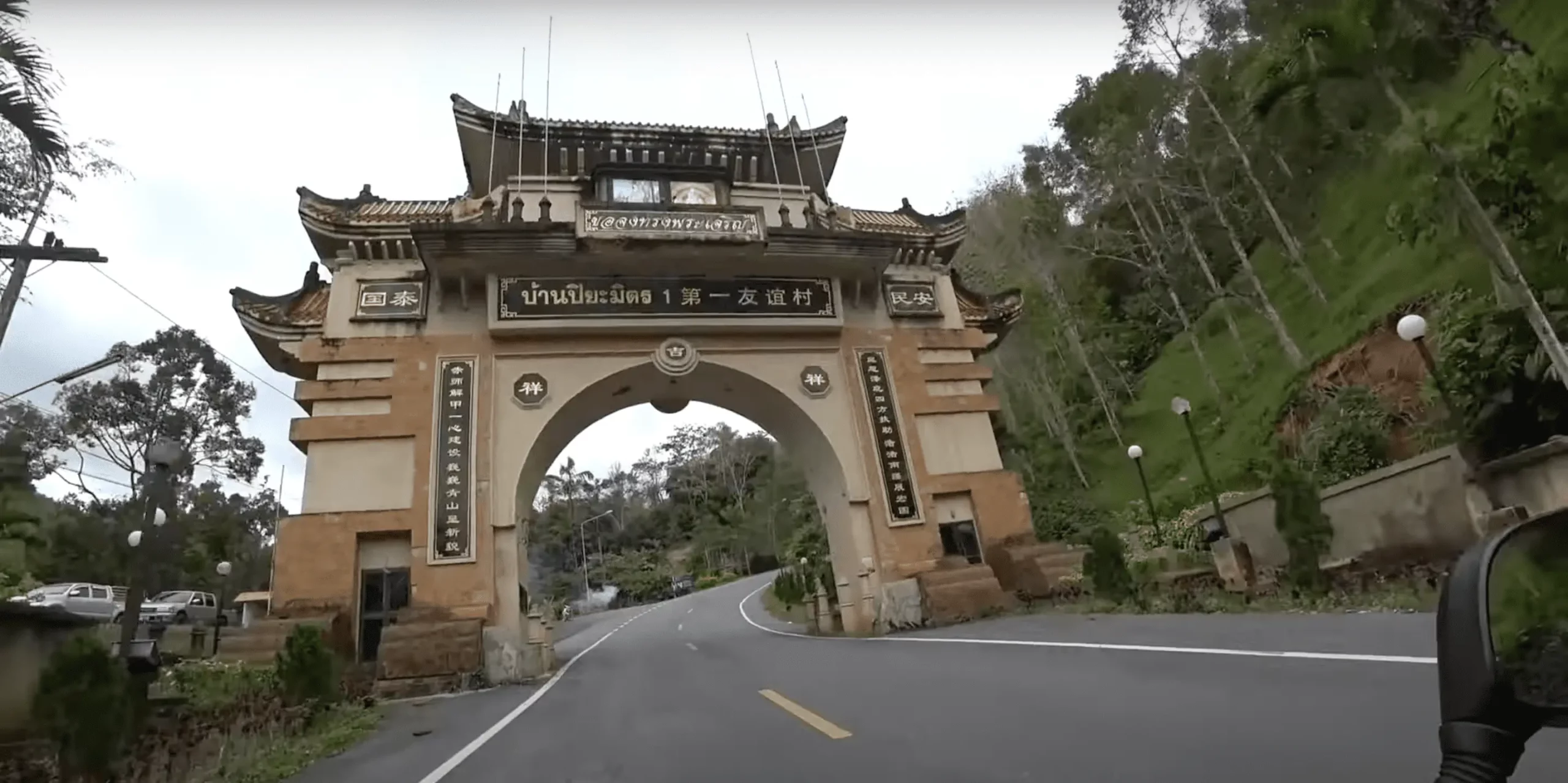
Betong is the best place to go as a tourist if you want to completely avoid danger in the South. We have a full guide about Betong, but we’ll leave a few spots you can visit below.
If you’re into the history of Asia, Betong is a must-visit on your visit to the Deep South. There are communist caves you can visit, an old village with CPM barracks (Communist Party Malaysia), and you can even stay in them as they have since been converted into hotels. There are additionally old CPM members who work at both and stayed in Thailand after the dissolution of the communist parties in 1987.
If you know Thai you can ask them questions about what life was like, but if not we’d recommend taking a friend who might be able to translate for you.
Here are some of the must-visit attractions in Betong:
- Peace Village – Near Betong, you’ll find the intriguing “Peace Village” in “Chulalongporn sib” (in Thai), where Malaysian CPM members sought refuge in 1952. There’s a small village, a museum, and some statues here which are maintained by Malaysian owners, including a former CPM member. The village’s old barracks have been converted into a guest house, offering a unique place to stay. There’s also a military helipad surrounded by lush jungle, beautiful mountain views, stage areas, ping pong tables, books, games, and a history-packed museum. Just a short distance from Peace Village lies Piyamit Tunnels.
- Piyamit Tunnels – This is an old tunnel system that was used by the CPM members to hideout from the Thai army and take shelter from the bombs. It’s amazing to see how they might have lived up here, hiding out in the mountains. You can see the old tunnel network, the basketball court, temple used for weddings, cooking areas and even an underground motorcycle training area (inside the caves).
- Gunung Village – Nestled on the scenic mountain road (the 410) about 25km from Betong, Gunung Village is a great visit. While it may seem like a typical Thai village, its proximity to attractions like Aiyerwang Skywalk, Gunung Sea Mountain Mist, Tae Pu Su Bridge, and King Rama IX waterfall makes it special. You can stay here in guesthouses before making the journey to the surrounding attractions. There’s a large Buddhist temple, great local street food, and delicious, green Shogun oranges. The drive here is also outstandingly beautiful.
- Am Puea Betong (Secret Museum) – a small unsuspecting coffee shop in the back alleys is something that will completely blow your mind if you go in? A small museum that covers the entire history of Betong, with items from over 100 years ago here. It’s a small private collection from a local historian who was awarded a medal by the Thai princess for his work
To learn more about Betong, read this guide.
Hat Yai
Hat Yai is a fantastic place to come if you want a greater insight into Thai Muslim culture, and remain outside of the danger zones of the Deep South of Thailand. Hat Yai is possible to travel and the travel advisories are currently green, so you can go and be sure it’s safe for general travel.
It’s a great place if you’re a food lover, and it’s home to some of Thailand’s most popular fried chicken and chicken dishes (the popular fried chicken dish you’ll find in most provinces in Thailand originates from this city). You can also try Muslim-influenced dishes here, due to the large population of Thai Muslims that you’ll find here.
Some of the best Roti dishes I found in a local market on, would you believe it, Chinese New Year! I kept going back to the same shop every day it was open it was so damn good! And I learned that the owner had moved from Pakistan. Instead of Kor Mu Yaang (grilled pork neck), you can try the grilled lamb sticks which are rich, kebab-style skewers.
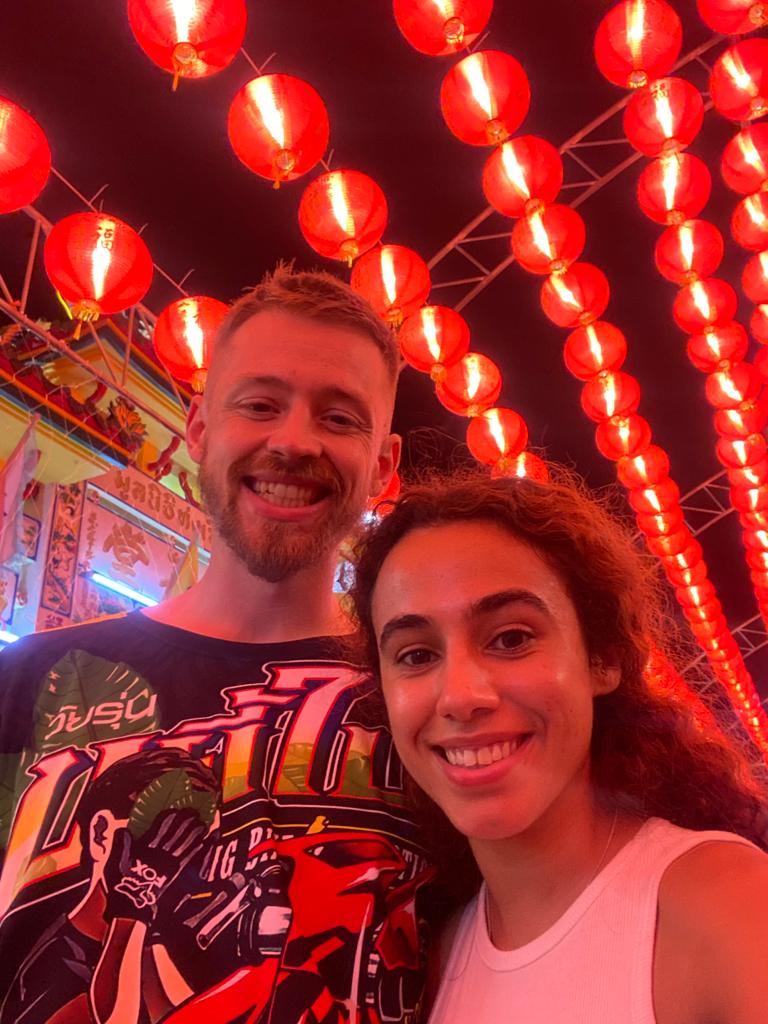
Also, if you want to celebrate Chinese New Year in Thailand, I would highly recommend Hat Yai if you want to get away from the busyness of Bangkok or other massive cities. There are huge celebrations here in Hat Yai, but you have space to walk. There are decorations everywhere, lights, live shows in the street, and the classic dragon performances.
You can additionally get Kratom pretty much anywhere here. The South is where all of the Kratom plantations are, so if you want to try some local Kratom tea (an indigenous medicine), you can get it very cheaply and right from the source!
While you’re here I’d recommend checking out:
- Khlong Hae Floating Market – a canal with locals selling goods on their boats, and live shows
- Hat Yai Central Mosque – incredible design, very similar to the grandure of the Taj Mahal
- Hat Yai Municipal Park & View Point – a huge park with a massive golden Buddha, space observatory + museum, and a beautiful viewpoint of the entire city
- Khao Nam Khang – Thailand’s largest tunnel network, built in the mountains to hide Malaysian and Chinese communist party members during the Thai Cold War
Yala
Yala and Pattani offer a unique opportunity to delve into Thai-Muslim culture further, but is considered as an, all but essential travel province. My experience here was that I felt entirely safe, the locals were friendly and never did I feel threatened or worried for my safety.
However, bombings do happen here, so keep an eye on the news. They do not target tourists and many buses go to and from this province with tourists on board with no difficulties.
There’s not a great deal to see here, so you can miss it if you like, but if you’re interested in history, it’s quite a cool place.
It was previously part of the Patani Kingdom (an Islamic kingdom in the 1400s, which spoke a dialect of Malay). The kingdom changed hands many times, until it was finally conquered by the Siamese in 1932, just before Siam underwent its’ nationalism process and became Thailand.
It’s an interesting spot because these three provinces have had issues with communism and extremism for over 100 years now. It makes you wonder if it was all linked to the taking of the previous Patani Kingdom, and enforcing Thai traditions on a predominantly Muslim culture.
Close to Yala, there is also a point called “the ledge”, which (during WW2 was attempted to be blown up by Punjabi-British forces). The location is unknown, but it is supposedly around 50km down the 410 road from Yala City. The British never made it and the Japanese pushed the forces out, killing Chinese supporters who supposedly “let” the British in.
While you’re in Yala be sure to check out:
- Wat Khuhapimuk – amazing Buddhist temple built inside a cave
- The Central Mosque of Yala – stunning Mosque that stands tall in the centre of Yala
- The Ledge (Operation Krohkol) – the spot the British tried to blow up to prevent Japanese troops from entering Malaysia in WW2
- Seven Wells Roundabout – beautifully designed, grand roundabout with a massive sculpture
Pattani
Pattani City was a fun travel, but in my opinion you could miss it if you like.
Despite that pretty poor review, there are some reasons you’d want to visit, but there’s not a great deal to see. If you’re interested in the history of this region there is a Mosque ruin that was supposedly from the Siamese invasion (Krue Se Mosque).
Also a very interesting ruin called “Yarawang”, which is supposedly from the ancient Langkasuk Empire, a Hindu-Buddhist Kingdom dating back as far as 100AD
Additionally, as you might have already guessed, this was originally part of the Patani Kingdom and was the capital city of it. It is also home to Thailand’s largest Mosque.
You can also walk around the Prince of Songkhla university grounds which are beautiful and see the Asian Water Monitor Lizard, which most Thais hate, but I think are fascinating. There’s also a great bird watching centre here, which is surrounded by vegetation and provides a tall viewpoint that allows you to look over all of Pattani.
When you’re in Pattani consider checking out:
- Yarawang – an old ruin from The Langkasuk Empire
- Krue Se Mosque – a Mosque ruin said to have been destroyed by the Siamese Empire
- Pattani Central Mosque – Thailand’s largest Mosque
- Prince of Songkhla University – a large university with beautiful grounds and a bird watching centre
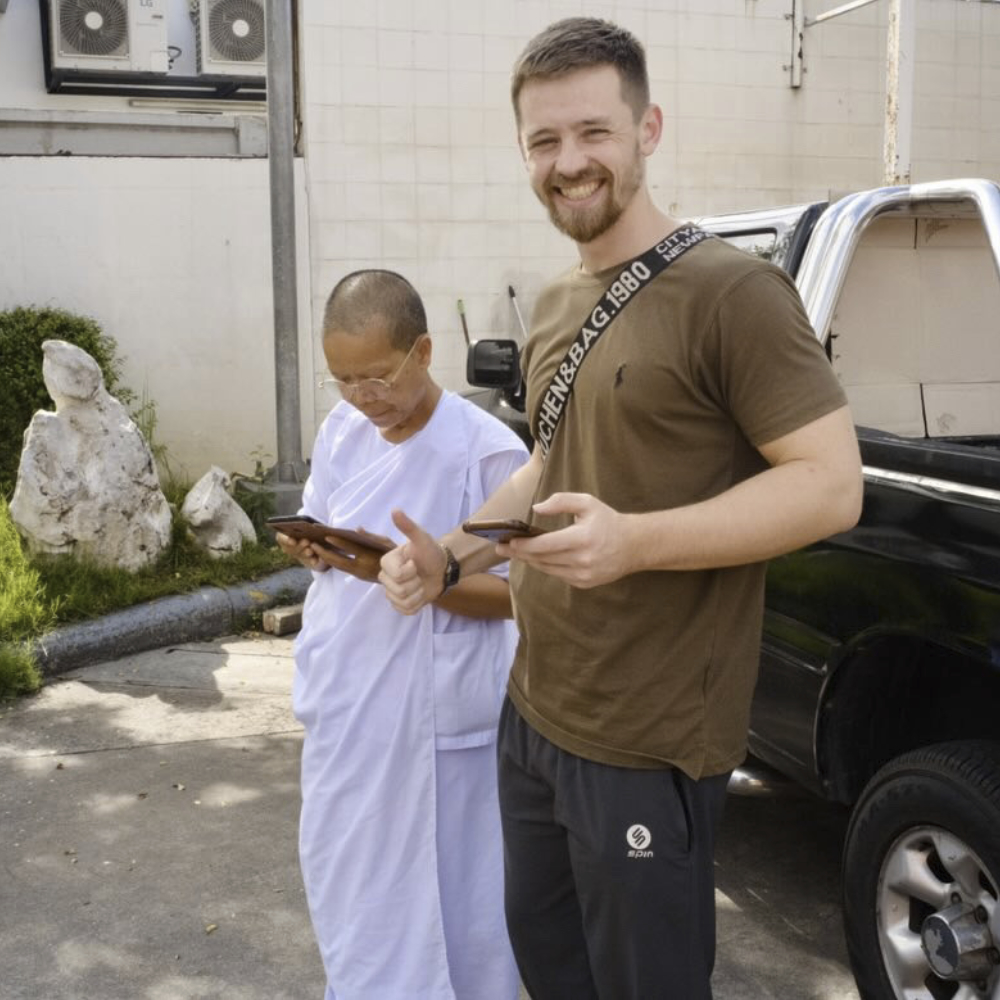
I’m Harry – and I was tired of the same old “10 best places I’ve never been but I’m writing about for some reason” blog posts. So… I’m a young traveller on a mission to travel the world and share my true, unfiltered experience, including all the gristly details. From packing my life into one bag for a year, to traveling Vietnam by motorbike, to sorting out Visas for specific countries – I’ve done it all, am doing it all and only give my advice on things I have done – not regurgitated cr*p from another source *cough* most publications *cough*. So bear with us! This project will take some time to grow, and will take a fair bit of money. But I’m determined to make it the single best source of information about traveling on the internet.

